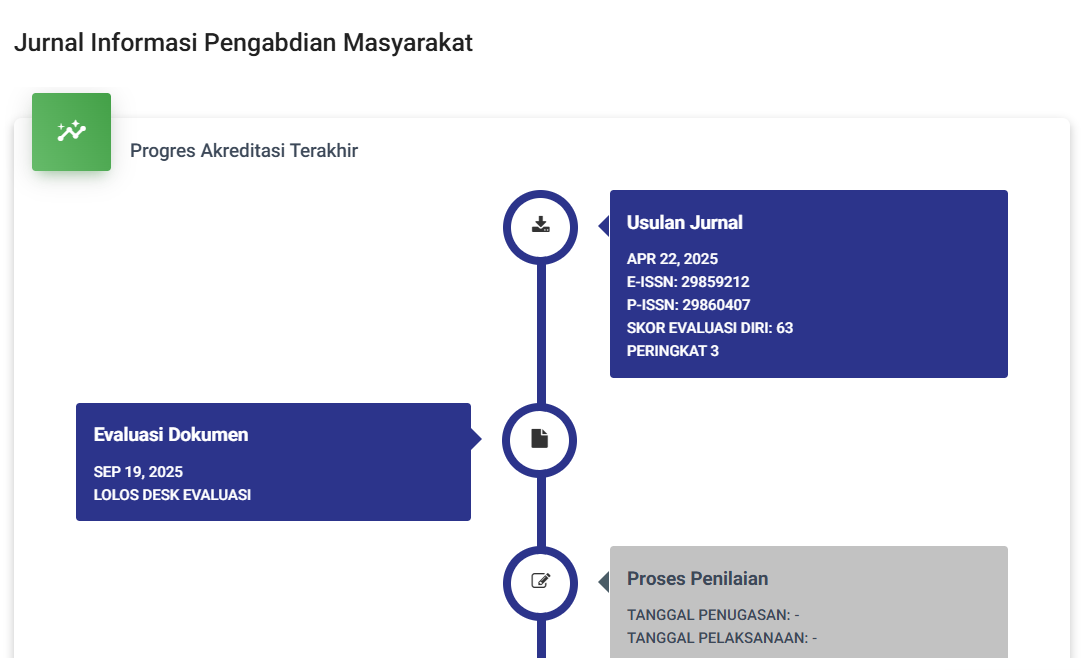Pembuatan Bioherbisida Air Kelapa Untuk Mengendalikan Gulma di Dusun Ngadilegi Utara
DOI:
https://doi.org/10.47861/jipm-nalanda.v2i1.751Keywords:
Coconut water, Organic Herbicide, Organic AgricultureAbstract
Organic farming is increasingly in the spotlight for modern agricultural system actors because it can create agricultural sustainability and does not hurt the environment. The main challenge faced by organic farmers is managing crop weeds effectively without using synthetic chemical herbicides. This was applied to one of the hamlets, namely Ngadilegi Hamlet, Pandaan Regency, to develop an organic herbicide based on coconut water. The extraction method using coconut water as a solvent was chosen to maximize the biological and bioactive properties of the plant. This extract was then tested against several common plant weeds found in the area. Test parameters involve herbicide effectiveness against weeds, safety for cultivated plants, and environmental impact. The research results show that this coconut water-based organic herbicide has good effectiveness in controlling the growth of plant weeds. Apart from that, this formulation also shows a high level of safety for the main crop and minimal negative impacts on the surrounding environment. This significantly contributes to the development of environmentally friendly alternatives in the management of crop weeds in organic farming
References
Anwar, R., & E. S. (2017). Peranan Air Kelapa Fermentasi Dalam Mensubtitusi Herbisida Glifosat Pada Pengendalian Alang-Alang (Imperata Cylindrica l.). Jurnal Agroqua, 71-78.
Jalaluddin, J., N. Z., & R. S. (2016). Pengolahan Sampah Organik Buah-Buahan Menjadi Pupuk Dengan Menggunakan Efektive Mikroorganisme. Jurnal Teknologi Kimia Unimal, 17-29.
Kilkoda, A. K., T. N., & D. W. (2015). Pengaruh Keberadaan Gulma (Ageratum conyzoides dan Borreia alata) terhadap Pertumbuhan dan Kedelai (Glycine max L. Merr) pada percobaan pot bertingkat. Jurnal Kultivasi, 1-9.
Meriatna, Suryati, & A. F. (2018). Pengaruh Waktu Fermentasi dan Volume Bio Aktivator EM4 (Effective Microorganisme) pada Pembuatan Pupuk Organik Cair (POC) dari Limbah Buah- Buahan. Jurnal Teknologi Kimia UNIMAL, 13-29.
Umiyati, & D. K. (2016). Pergeseran Populasi Gulma Pada Olah Tanah dan Pengendalian Gulma yang Berbeda pada Tanaman Kedelai. Jurnal Kultivasi, 150-153.
Yuliando, R. (2013). Uji Allelopati Potensial terhadap Perkecambahan Gulma Echinochloa crus-galli. Skripsi. Fakultas Pertanian Universitas Prof. Dr. Hazairin, SH.
Downloads
Published
How to Cite
Issue
Section
License
Copyright (c) 2024 Tri Mujoko, Nola Aulia, Melani Putria Tabitasari

This work is licensed under a Creative Commons Attribution-ShareAlike 4.0 International License.










